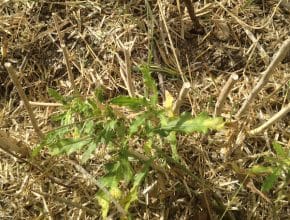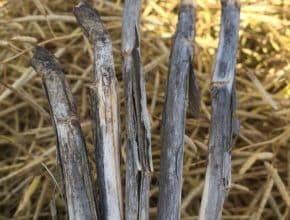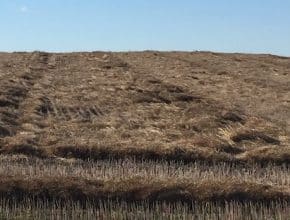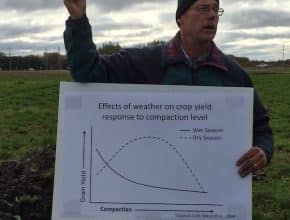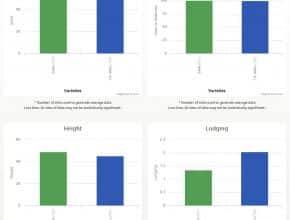Home / Canola Watch / September 28, 2016 - Issue 27
-
In preparation for next season, here are a few field and office jobs and WHEN to start them…
-
We heard a report this week of tough canola starting to heat after just two days in the bin. This is a good reminder to put canola on aeration right after harvest, especially if it’s tough or hot or both. Waiting a couple weeks until all the combining is done may be too late…
-
Fall is a good time to control perennial and winter annual weeds, but spraying immediately after harvest may not provide the best results. Perennial weeds cut off at harvest need time to accumulate new leaf tissue to absorb herbicides. Four weeks is a minimum recommendation and six weeks is ideal…
-
Canola is sensitive to carryover from many herbicides. Here’s the list of products that could be used this fall on fields planned for canola next spring, but read the notes carefully…
-
Disease scouting long after swathing is not usually the most accurate, as saprophytic organisms — those that feed on and break down dead material — move in fast and cloud the identification process. Verticillium is one disease that can be more obvious and easier to identify after cutting a canola crop…
-
Step 1: Contact crop insurance Step 2: Combine once the crop is cured Step 3: Thanks about volunteer management Step 4: Consider how this may be prevented…
-
At the Soil Compaction Workshop at Agriculture and Agri-Food Canada’s centre in Portage la Prairie, Man., attendees learned…
-
A great place to look for unbiased variety data that reflect actual production practices is the Canola Performance Trials website at canolaperformancetrials.ca…
-
For results to be as close as possible to the situation next spring, the ideal time to take fall samples is when soil temperatures drop below 10°C and as close to freeze-up as possible…

